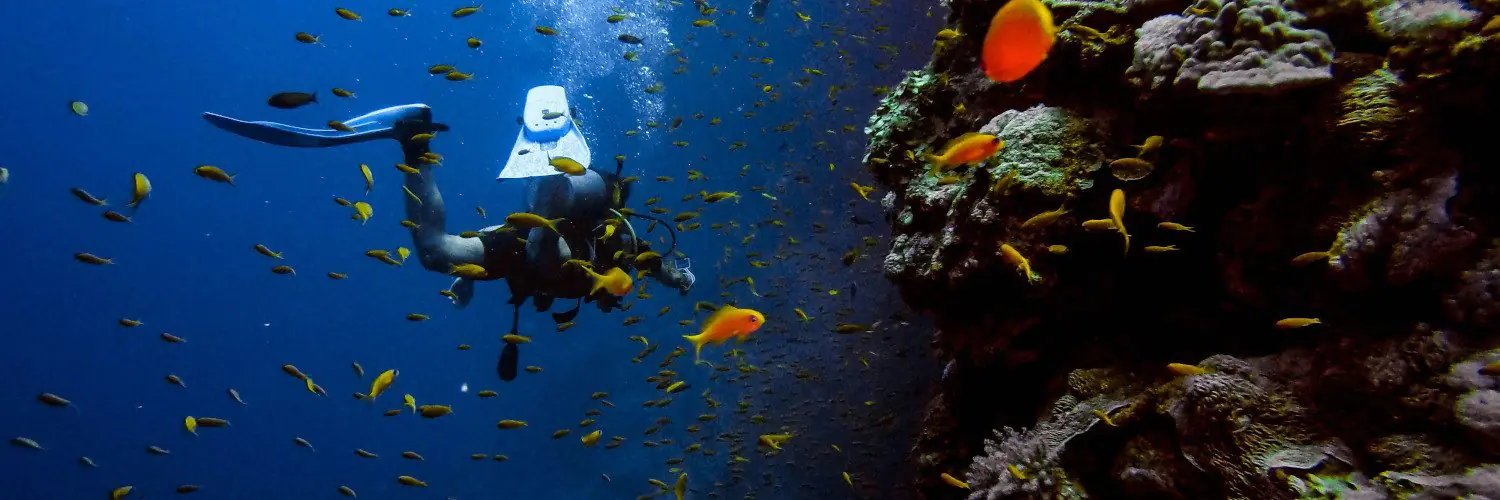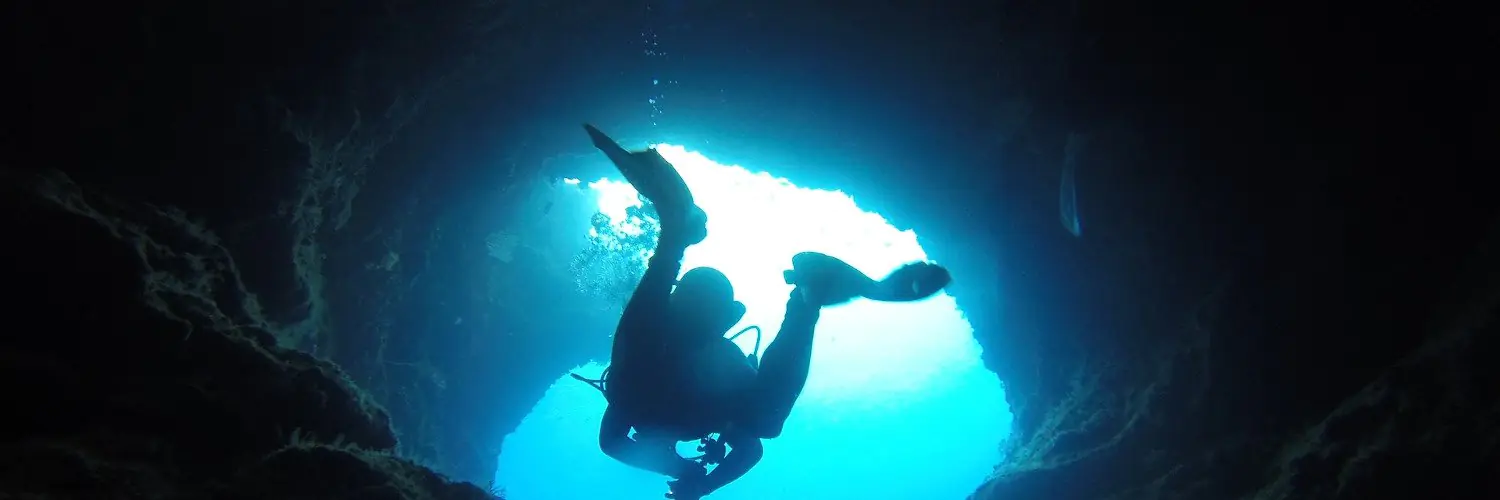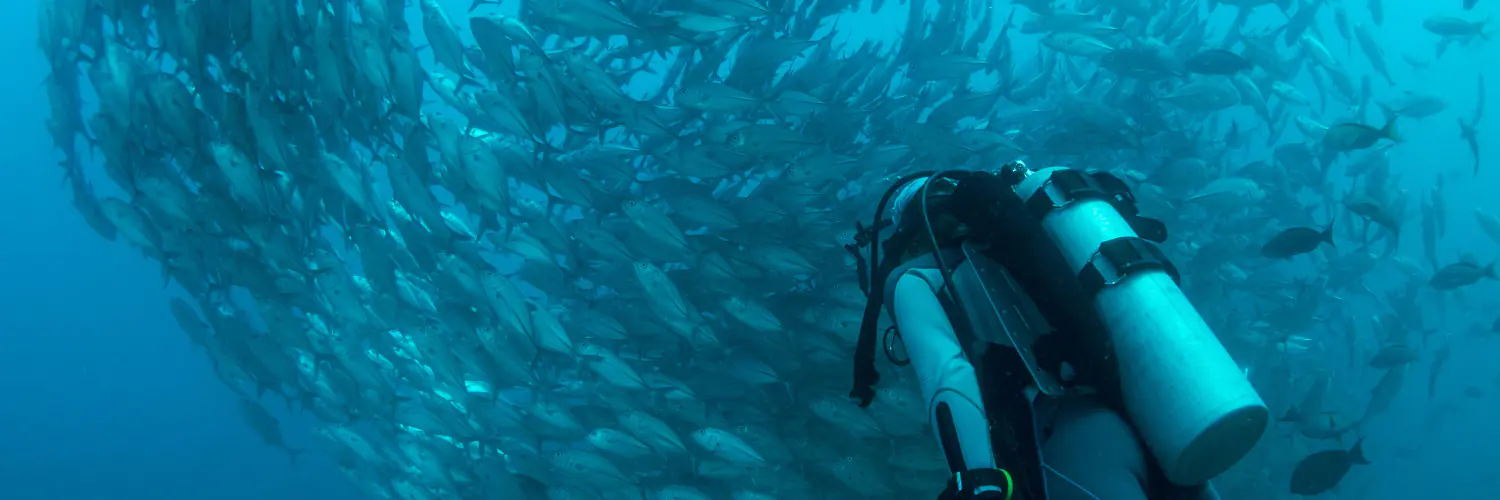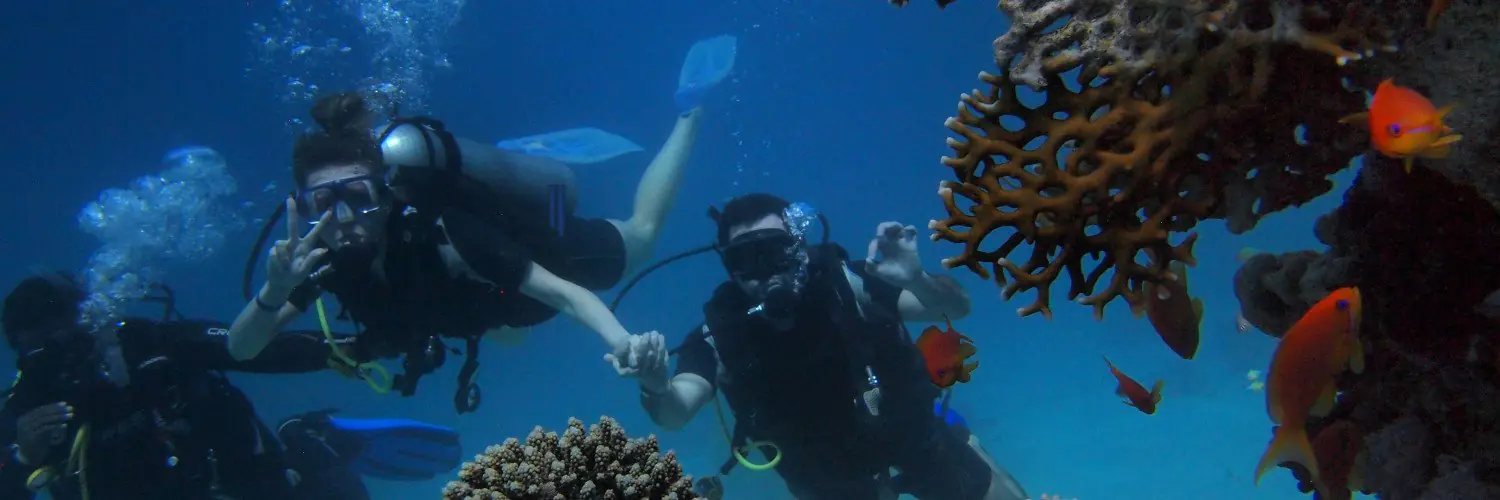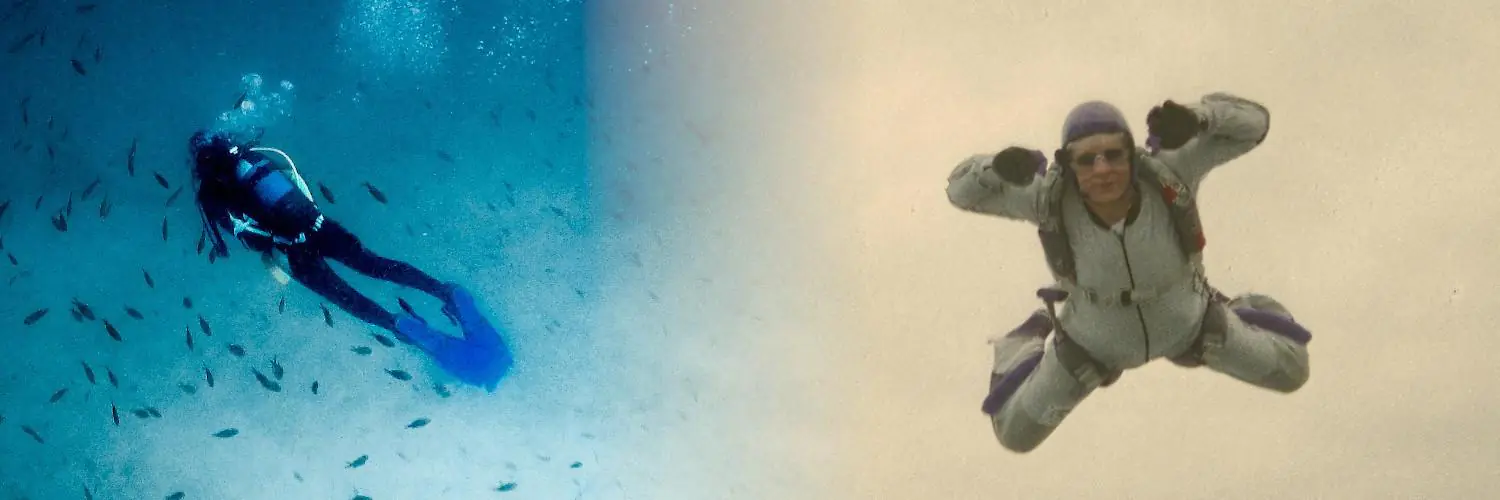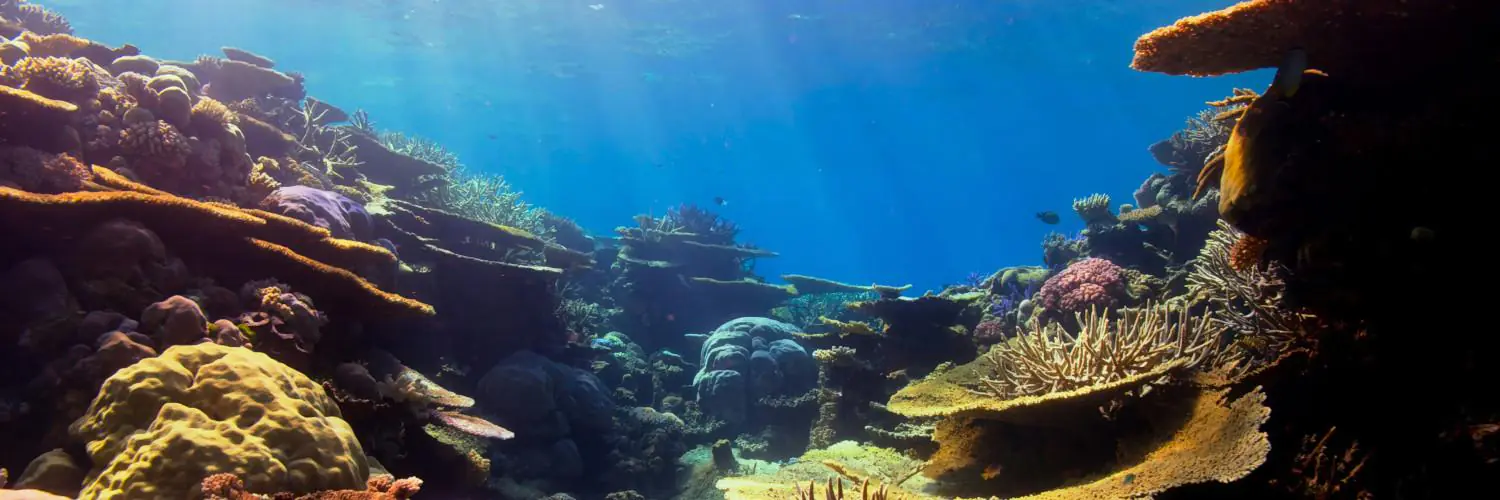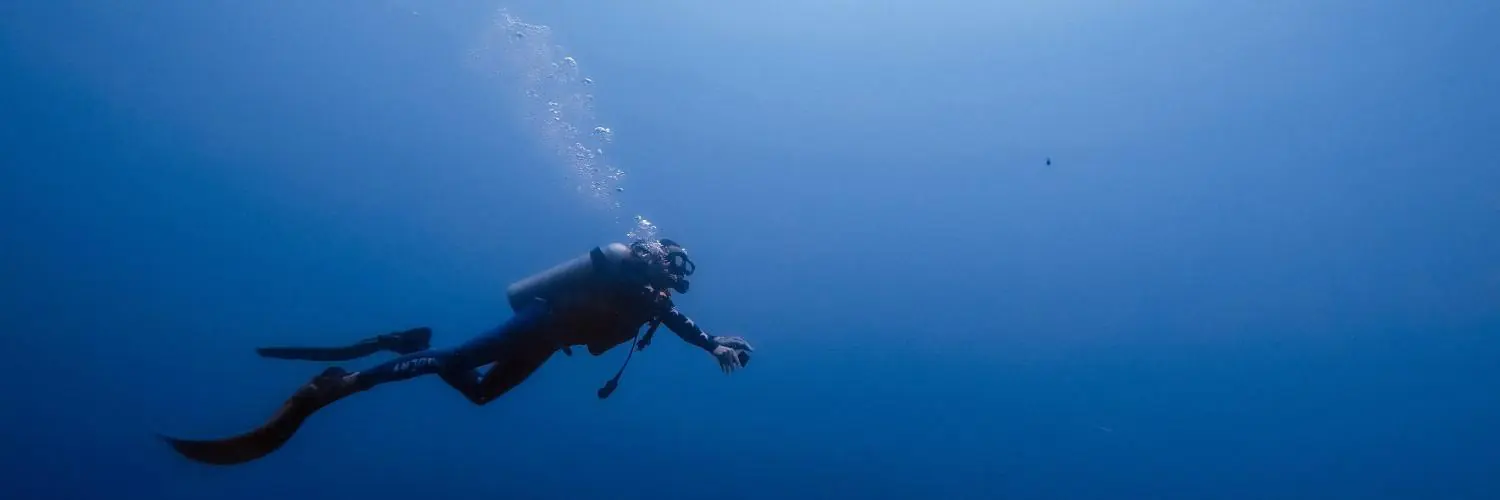Scuba diving is fun. You can see things underwater, like, fish and sunken boats, pretty corals and more. While the allure of the depths is strong, it is essential to recognize the importance of proper training and safety protocols. Scuba certification is not just a formality; it’s a comprehensive program designed to equip divers with the necessary knowledge and skills to safely enjoy this unique activity.
Obtaining scuba certification is a critical step for anyone looking to dive regularly. Most dive shops require a certification to rent equipment, a policy that underscores the responsibility associated with handling scuba gear and managing dive excursions. Certification courses cover a wide range of topics, from understanding dive planning and underwater navigation to choosing the right equipment and mastering buoyancy control.
The process of becoming certified opens the door to more diving opportunities. Certified divers are permitted to dive with a buddy without supervision, access a wider array of dive sites, and explore greater depths. In essence, certification is a passport to the underwater world, ensuring that divers have the training to safely enjoy the adventures that lie beneath the ocean’s surface.
Table of Contents
Benefits of Getting Scuba Certified
Scuba certification opens the door to a world of underwater exploration and ensures that individuals can enjoy such experiences with safety and proficiency in mind. Divers are not only taught vital skills but are also granted access to some of the most breathtaking aquatic environments that are exclusive to certified individuals.
Access to Exclusive Dive Sites
Certified scuba divers have the privilege of exploring exclusive dive sites that are often inaccessible to untrained individuals. These can vary from reefs teeming with life to shipwrecks. Many dive locations require proof of certification as they want to ensure that divers are knowledgeable and equipped to handle the open water environments sustainably and with respect.
Safety and Risk Management
A certified diver is equipped with comprehensive training in safety and risk management. During the certification process, individuals learn about planning dives, understanding the limits of their skills, and the proper use of diving equipment. Training includes:
- Buoyancy Control: Mastery of buoyancy prevents damage to marine life and minimizes the risk of accidents.
- Emergency Procedures: Know how to react in unexpected situations for your own safety and that of other divers.
- Equipment Usage: Understanding how to use and maintain equipment properly is crucial to ensuring safety during dives.
By becoming certified, divers not only enjoy the beauty of the underwater world but do so with an awareness of their responsibility to themselves, their fellow divers, and the marine ecosystem.
Understanding Scuba Certification Levels
The journey to becoming a proficient scuba diver is structured through various certification levels, each with its own set of skills, learning objectives, and depth limits. Obtaining certification from reputable agencies such as PADI ensures divers are well-trained and recognized globally.
Open Water Diver
The Open Water Diver certification is the entry-level certification for recreational diving. Upon completion, divers gain the foundational knowledge and skills to dive autonomously with a buddy in open water settings. This certification typically involves:
- Academic learning to understand basic principles of scuba diving
- Confined water dives to learn basic scuba skills
- Open water dives to use the skills in a real environment
Divers are certified up to a maximum depth of 18 meters (60 feet) and receive a certification card that verifies their training level.
Advanced Open Water Diver
The Advanced Open Water Diver certification follows the Open Water Diver level and enables divers to increase their confidence and build upon their scuba skills. This course involves:
- Deep diving and underwater navigation
- Three additional adventure dives, which may include photography, buoyancy control, fish identification, etc.
Certification at this level allows divers to venture down to 30 meters (100 feet). The divers must also complete the specialty dives relevant to this certification.
Specialty Certifications
After the Advanced Open Water Diver level, divers may opt for Specialty Certifications to gain more specific skills and knowledge, which may include:
- Wreck Diving
- Night Diving
- Underwater Photography
- Search and Recovery
Specialty courses concentrate on particular aspects of diving, offering a detailed exploration of each topic. Divers often require multiple dives to become proficient in a specialty area, and such certifications can further enhance both safety and enjoyment underwater.
The Certification Process
The path to becoming a certified scuba diver is structured and comprehensive, ensuring divers are equipped with the necessary skills and knowledge for safe and enjoyable underwater experiences. Here is a breakdown of the certification process.
Knowledge Development
The initial phase is an in-depth theoretical course where students learn the principles of scuba diving. It often involves eLearning platforms like PADI eLearning, which provide flexibility to study at one’s own pace. Topics covered include:
- Dive theory and safety practices
- Equipment knowledge and its application
- Dive planning essentials
Confined Water Dives
After mastering theoretical concepts, students progress to confined water dives, usually conducted in a pool or calm water with pool-like conditions. Here they:
- Practice basic scuba skills
- Learn to handle diving equipment
- Perform various diving exercises to build comfort and proficiency underwater
Open Water Dives
The culmination of training occurs during open water dives where students apply what they have learned in an open water setting. Trainees are required to:
- Perform a set number of dives (usually four)
- Demonstrate competency in the skills practiced in confined water sessions
- Experience real-world diving under direct instructor supervision
Examination
To obtain certification, students must pass an exam which tests their knowledge and understanding of key concepts, safety procedures, and problem management. The exam usually includes a written test and a practical test during a dive. This is to ensure that divers have the training and skills necessary to explore scuba dive safely and responsibly.
Essential Scuba Gear
Selecting the correct scuba gear is crucial for a safe and enjoyable dive. A diver must understand how each piece of equipment functions and its role in the diving system.
Personal Gear Selection
When choosing personal gear, divers should prioritize fit and comfort. A well-fitting mask is pivotal; it should form a proper seal without being too tight. Fins should match the diver’s kicking style and the conditions they will be diving in. For thermal protection, a wetsuit that suits the water temperature is essential, as it provides insulation and aids in buoyancy.
- Mask: protects your eyes & nose and lets you see clearly.
- Fins: Lets you swim faster with less effort.
- Wetsuit: Provides warmth and buoyancy.
Understanding Scuba Systems
The scuba system is made of several key components that enable breathing and control underwater. A buoyancy control device (BCD) allows divers to adjust their buoyancy as needed to help them ascend, descend, or maintain neutral buoyancy. The regulator is vital as it delivers air from the scuba tank to the diver at a breathable pressure. A dive computer is instrumental for monitoring depth, time underwater, and decompression status.
- Buoyancy Control Device (BCD): Adjusts buoyancy.
- Regulator: Delivers air from the air tank.
- Dive Computer: Tracks dive parameters.
- Scuba Tank: Stores compressed gas.
Each piece of equipment is integral to a diver’s safety and the overall diving experience.
Choosing the Right Dive Center
When selecting a dive center, a diver’s safety, the quality of training, and the type of certification offered are critical. It’s important to choose a facility that meets your specific needs and ensures a high standard of diving education.
PADI vs SSI vs NAUI
PADI (Professional Association of Diving Instructors) is the world’s largest scuba certifying agency and is recognized internationally. Choosing a PADI dive center or resort often means accessibility to a wide variety of courses and a consistent teaching methodology.
SSI (Scuba Schools International) also has many dive centers. SSI focuses on the practical side of diving and has different learning options.
NAUI (National Association of Underwater Instructors), known for its rigorous training standards, appeals to those seeking to thoroughly understand the ins and outs of diving through comprehensive educational materials and stringent instructor qualifications.
When determining the best fit, it comes down to the specific courses offered, the centers’ affiliation, and the recognition of the certification wherever the individual plans to dive.
Facilities and Professional Instructors
The dive shop’s facilities reflect the quality of service one can expect. A well-maintained dive center typically indicates a commitment to high standards and safety. Essential aspects to examine include:
- Equipment Condition: Assess the quality and maintenance of the dive gear provided.
- Learning Environment: Ensure there is a comfortable, equipped classroom for dive theory sessions.
- Pool Training: Look for clean, accessible pools designed for initial skills practice.
Furthermore, the credentials and experience of the instructors are paramount. They should be certified professionals affiliated with recognized certification agencies like PADI, SSI, or NAUI. Prospective divers should ensure:
- Instructor Certification: Verify that the instructors hold up-to-date teaching credentials.
- Class Size: A smaller class size is preferable to larger classes.
In summary, the individual should investigate both the certifications offered and assess the facility’s infrastructure and the qualifications of its instructors to ensure the best possible diving education.

